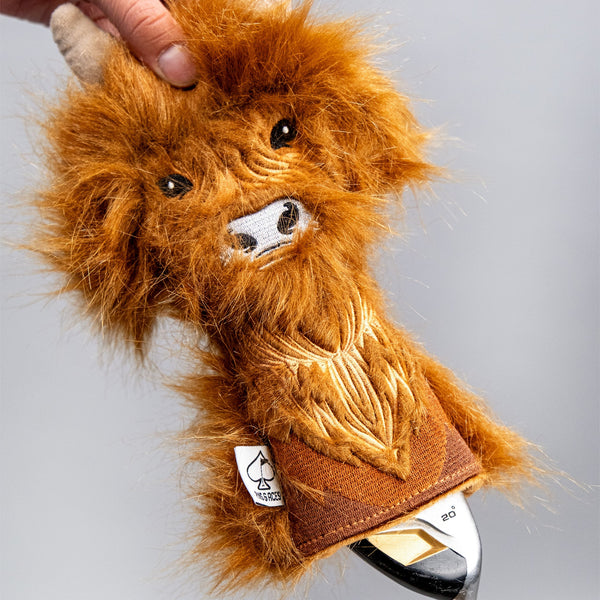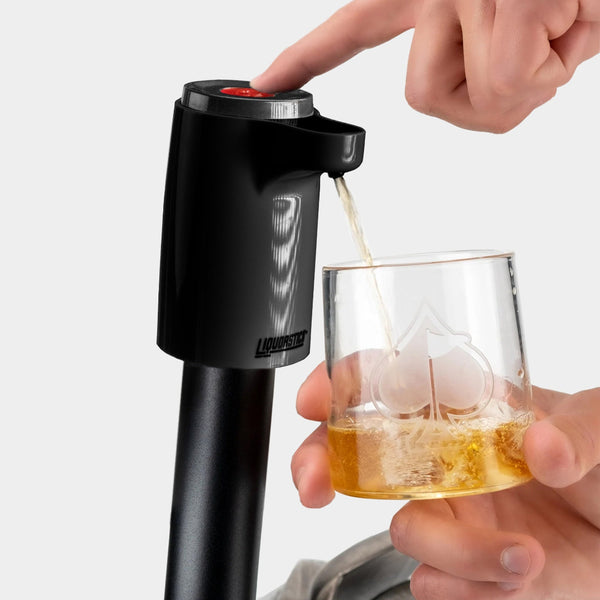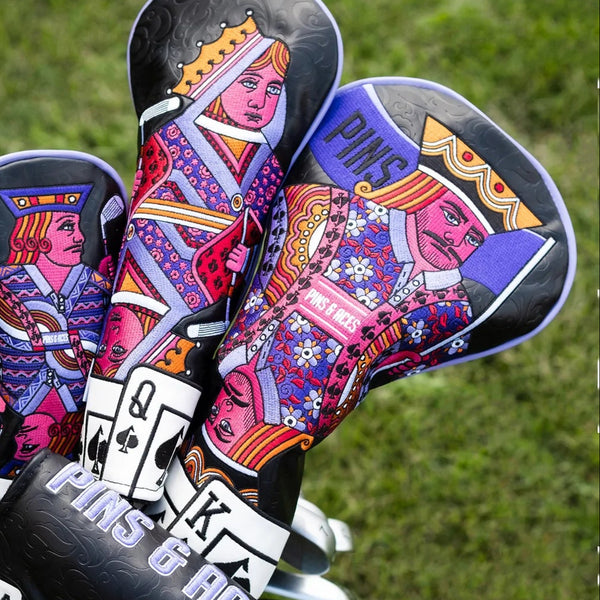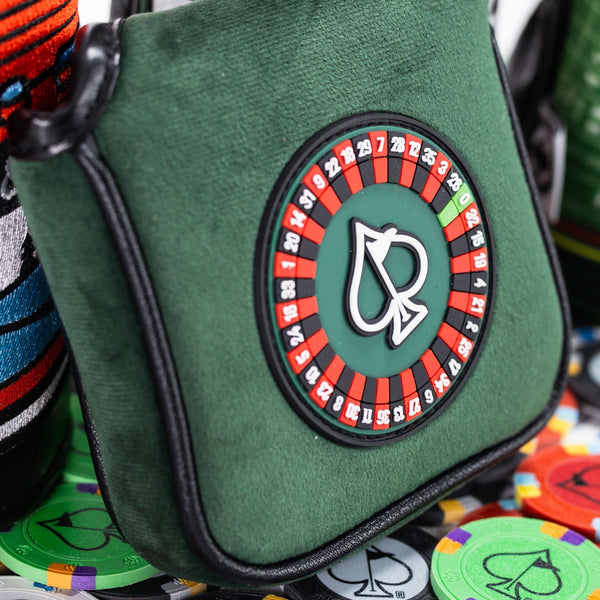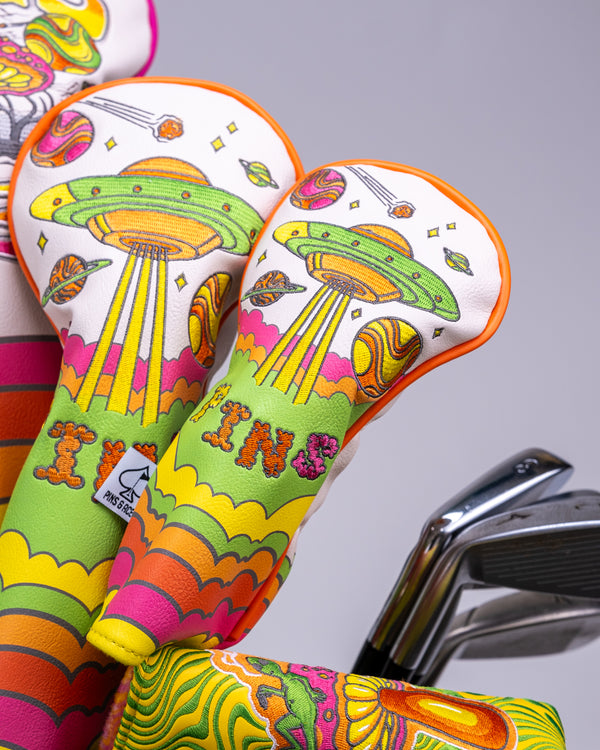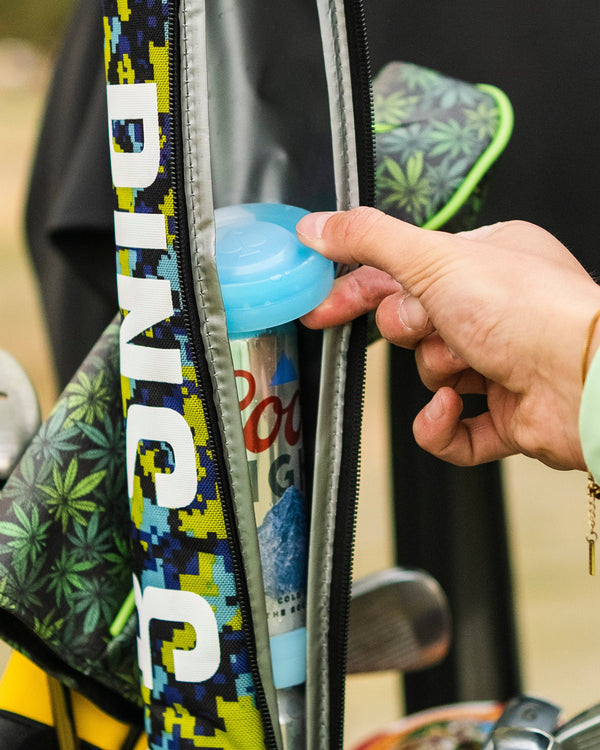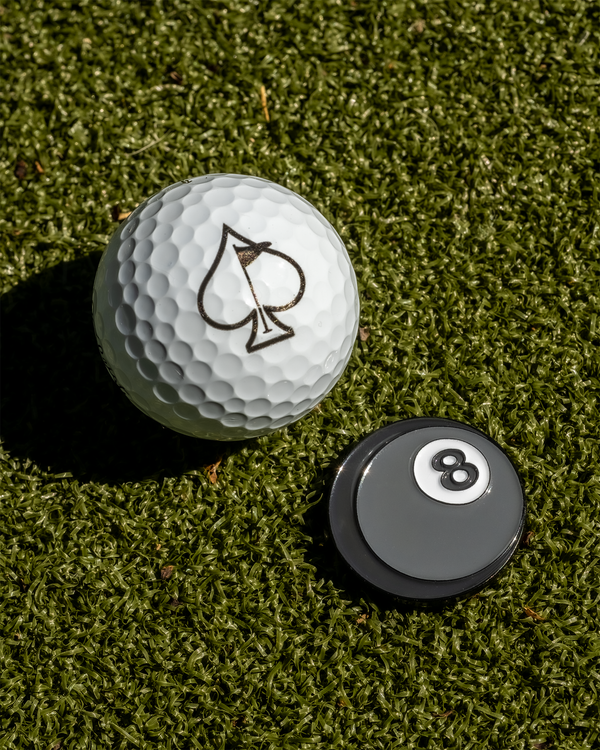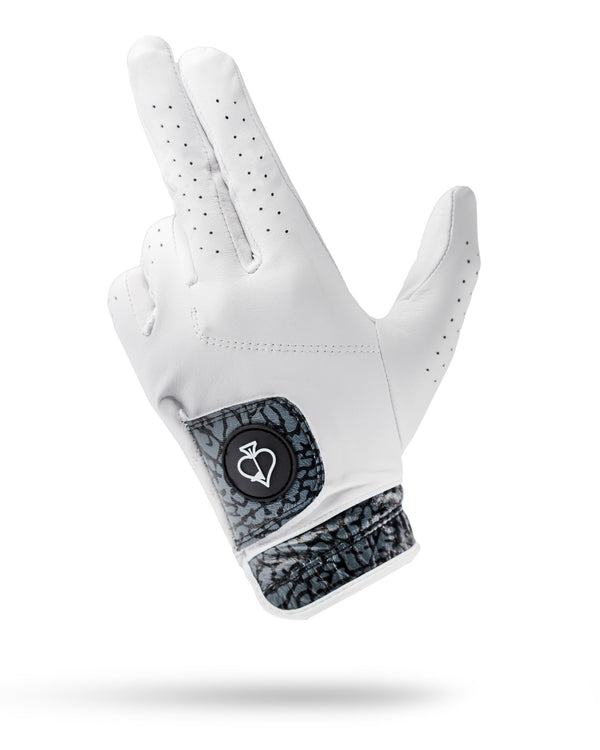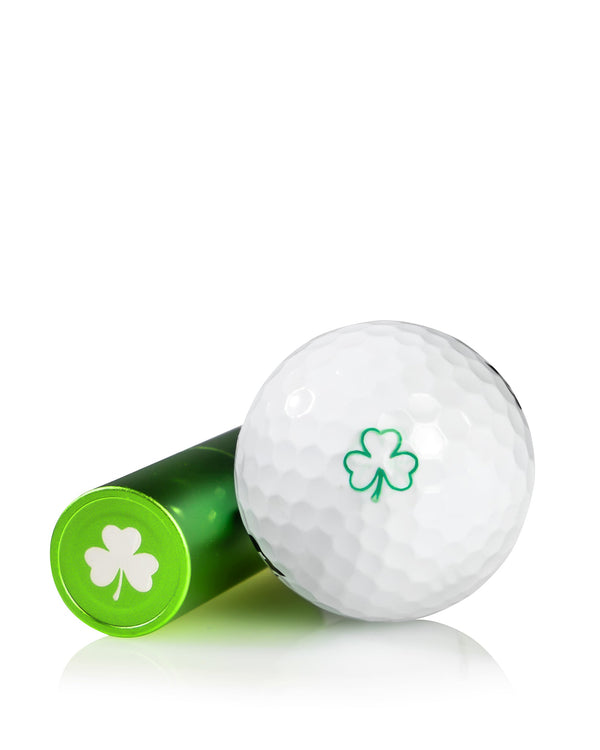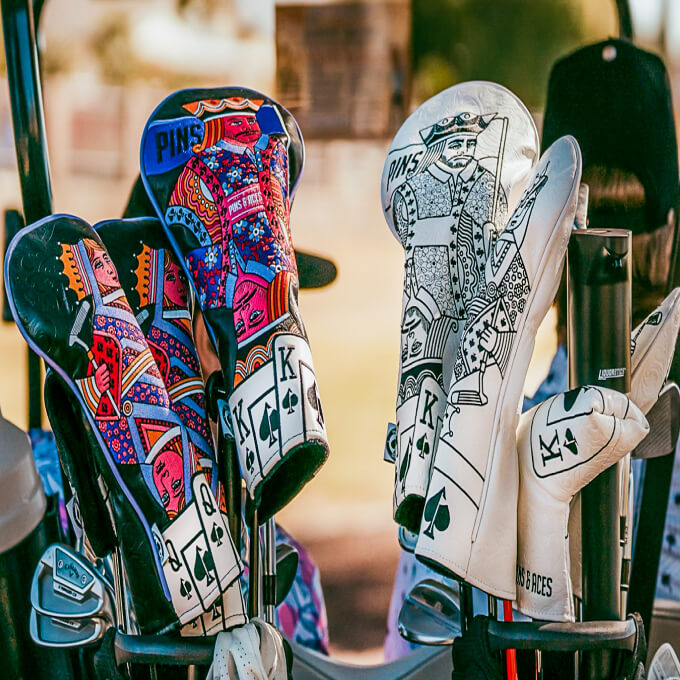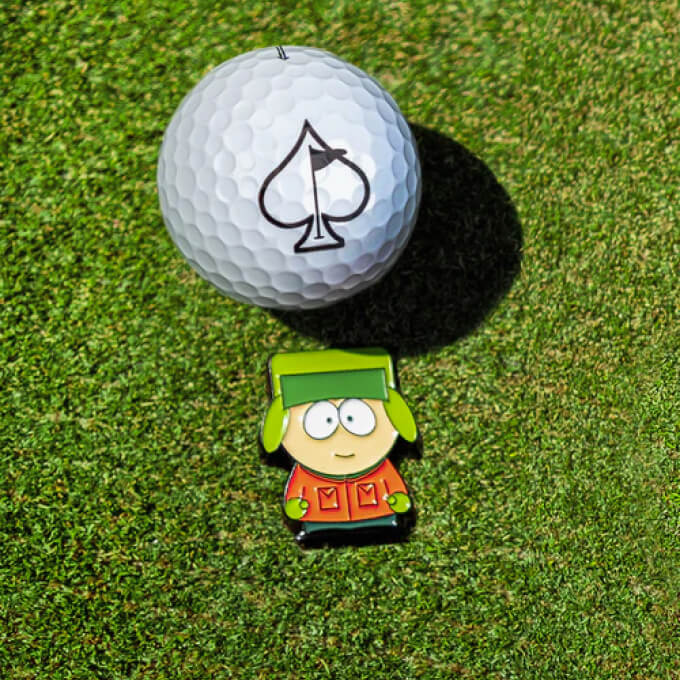Golf is a sport rich with terminology that might be confusing for beginners or those who don’t play often. One word you’ll hear tossed around a lot on the course is “drive.” So, what does it mean to drive in golf? In simple terms, a drive refers to the first shot a golfer takes from the tee box on longer holes, typically using a driver club, which is designed for maximum distance. The goal is to hit the ball as far down the fairway as possible, positioning yourself for a good approach. While the concept may sound straightforward, mastering the drive is key to setting up a successful hole.
Let's dig into why the drive is such a crucial part of golf and how you can make the most of it.
Breaking Down the Drive
The drive is more than just a long shot; it’s the foundation for how you'll play the rest of the hole. Whether you're on a par 4 or par 5, your drive sets the stage for how easily you can reach the course’s next phases. Typically hit with a driver or sometimes a fairway wood, the drive is all about generating power and accuracy to get as much distance as possible while staying in the fairway. The further and straighter your drive, the better position you'll be in for your next shot.
A solid drive can save you strokes, while a poor one can leave you scrambling to recover. The challenge, of course, is that hitting a good drive requires a combination of technique, timing, and the right equipment.
The Role of the Driver
The driver is the club designed for this first, long-distance shot. With its large head and long shaft, the driver allows golfers to generate significant power and speed, making it the go-to club when distance is the goal. However, it can be a difficult club to master due to its size and the precision required to keep the ball straight.
For those who are still refining their skills, consistency is often a bigger challenge than power. It’s easy to mis-hit a drive and send the ball veering off into the rough or, worse, out of bounds. That’s why practicing your swing and understanding your driver’s strengths and limitations are essential.
Improving Your Drive
The key to improving your drive is understanding your swing mechanics. A good drive comes from a combination of stance, grip, backswing, and follow-through. One common mistake is swinging too hard, which can lead to loss of control and distance. Instead, focus on rhythm and timing—let the club do the work.
In addition to technique, having the right equipment is just as important. If you’re constantly struggling with your drive, it might be time to evaluate your driver and make sure it suits your game. There are plenty of factors to consider, including shaft flexibility, loft angle, and the overall weight of the club. Custom fitting your driver to your swing can significantly improve your results.
And while you're focusing on your driver, don’t forget about the accessories that can enhance your game. A high-quality Pins & Aces golf bag will keep your clubs organized and easy to access, and you can protect your driver with one of their standout headcovers for an added touch of style.
The Psychological Game Behind the Drive
One of the things that makes the drive so critical is the mental aspect of the game. A successful drive can give you a confidence boost, setting a positive tone for the rest of the hole. On the flip side, a poor drive can put pressure on your remaining shots, forcing you to play catch-up.
A lot of golfers get in their heads when standing over the ball, especially with a driver. The key is to stay calm, focused, and trust your swing. Visualizing where you want the ball to go can help eliminate distractions and give you a mental edge.
Common Drive Mistakes
No golfer is immune to making mistakes off the tee. Here are a few common driving errors and how you can address them:
-
Slicing the Ball: If your ball consistently curves to the right (for right-handed players), you're slicing. This is often caused by an open clubface at impact or an outside-in swing path. To correct this, work on squaring the clubface at impact and focus on a more inside-out swing path.
-
Hitting the Ground First: If you’re hitting behind the ball, it's likely you're releasing the club too early. Focus on staying over the ball and shifting your weight properly to ensure you're hitting the ball before the ground.
-
Topping the Ball: Topping occurs when the clubhead hits the top of the ball, causing it to roll instead of fly. This usually happens when you're trying to lift the ball into the air instead of letting the loft of the driver do the work. Make sure your ball is positioned forward in your stance and maintain a smooth swing.
The Drive and Your Score
A great drive doesn’t just make you feel good—it can have a direct impact on your score. A long, straight drive sets you up for a much easier second shot, potentially giving you a chance to reach the green in fewer strokes. This can be particularly important on longer holes where distance is key.
However, it’s important to remember that the drive isn’t everything. While it’s a critical part of the game, golf is ultimately about consistency and smart play. Even if your drive isn’t perfect, staying calm and focusing on the next shot can help you recover and still score well on the hole.
Bringing It All Together
So, what does “drive” mean in golf? It’s the first shot of your hole—the one that can make or break your success on the course. By understanding the mechanics behind the drive, working on your technique, and having the right equipment, you can start to see significant improvements in your game.
And while you’re out there improving your skills, it’s important to make sure you’re well-equipped for the day ahead. With Pins & Aces golf bags and stylish headcovers, you’ll not only play well but look great doing it. After all, golf isn’t just about performance—it’s about the whole experience.



